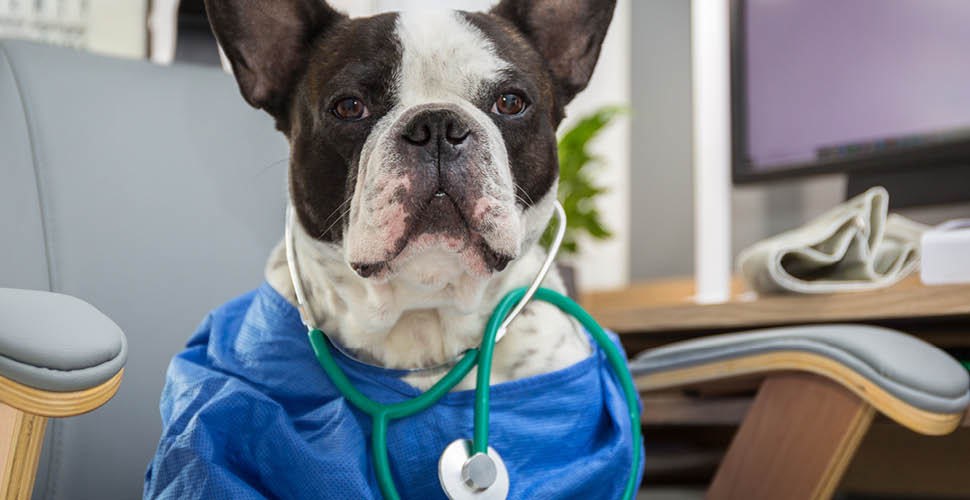In the world of pet ownership, love knows no bounds. Our furry companions are not just pets; they’re family members. Their safety and well-being are paramount, making it crucial for every pet owner to be prepared for emergencies. This is where the lifesaving skill of Pet Cardiopulmonary Resuscitation (CPR) comes into play. Pet emergencies can occur without warning, and knowing how to perform CPR can make the difference between life and death. This post aims to shed light on the importance of pet CPR, offering guidance on when and how to perform it, the differences between pet and human CPR, and the essential steps every pet owner should know.
The Critical Need for Pet CPR
Just like humans, pets can experience sudden medical emergencies that require immediate action. From choking hazards to drowning incidents, the unexpected nature of these situations necessitates a prompt and knowledgeable response. Pet CPR is a critical skill that can help ensure your pet’s survival until professional veterinary care is available.
Understanding Pet CPR
Pet CPR is a combination of chest compressions and artificial respiration. It’s designed to mimic the heartbeat and breathing process, providing essential oxygen to the brain and keeping the blood circulating. While the fundamentals of CPR remain the same, performing CPR on pets differs significantly from humans due to anatomical differences.
When to Perform Pet CPR
Knowing when to perform CPR on your pet is as crucial as knowing how. Some common situations that may require CPR include:
- Lack of Breathing: If your pet is not breathing, begin with artificial respiration.
- No Pulse: If you cannot find a pulse or heartbeat, start chest compressions along with artificial respiration.
- Drowning: After rescuing a pet from water, if they are not breathing, CPR may be necessary.
The Steps of Pet CPR
- Safety First: Ensure you and your pet are in a safe location away from any immediate dangers.
- Check for Responsiveness: Gently tap or shake your pet to see if there’s any response.
- Open the Airway: Gently extend the head and neck to create a straight path for air. Check the throat for any obstructions.
- Begin Rescue Breathing: Close your pet’s mouth and breathe directly into their nostrils until you see the chest rise. Repeat at a rate of one breath every 4-5 seconds.
- Start Chest Compressions: Place your hands over the widest part of the chest. For larger pets, use both hands. For smaller pets, use one hand or thumb. Compress the chest at a depth of 1/3 to 1/2 the width of the chest, at a rate of 100-120 compressions per minute.
- Alternate Breathing and Compressions: After every 30 compressions, provide two rescue breaths.
The Difference Between Pet and Human CPR
The main differences between pet and human CPR include the method of delivering breaths, the position of chest compressions, and the compression rate. Pets require breathing directly into their nostrils and positioning for chest compressions varies based on their size and anatomy.
The Critical Need for Certification in Pet CPR
While this article provides an overview of pet CPR, it’s crucial to understand that reading about CPR is not a substitute for proper training and certification. The nuances of effectively performing CPR on different pets, based on their size, breed, and health status, require hands-on practice under the guidance of professionals.
Becoming Certified in Pet CPR
We cannot stress enough the importance of becoming certified in pet CPR. Certification courses are designed to offer not just theoretical knowledge but also practical experience. These courses are led by experts who can provide immediate feedback and tips tailored to your pet’s specific needs. By becoming certified, you’re not only equipping yourself with the skills to save your pet’s life but also gaining the confidence to act swiftly and efficiently in emergency situations.
Organizations such as the American Red Cross and the American Veterinary Medical Association offer certification courses that are comprehensive and accessible. These courses often come with materials that you can refer back to, ensuring that your knowledge remains fresh and up-to-date.
Why Certification Matters
Reading about pet CPR is a good starting point, but certification is what truly prepares you for emergencies. It provides a structured learning environment, practical experience, and professional guidance that articles and online resources alone cannot offer. Certification ensures that you have mastered the skills necessary to effectively respond to your pet’s needs in a crisis.
The bond between pets and their owners is unbreakable, and the responsibility of caring for them extends beyond daily needs to emergency preparedness. Knowing how to perform pet CPR is an indispensable skill that can save your pet’s life. By becoming aware and educated, and importantly, by taking concrete steps to become certified, you can be the difference in a crisis and ensure that


